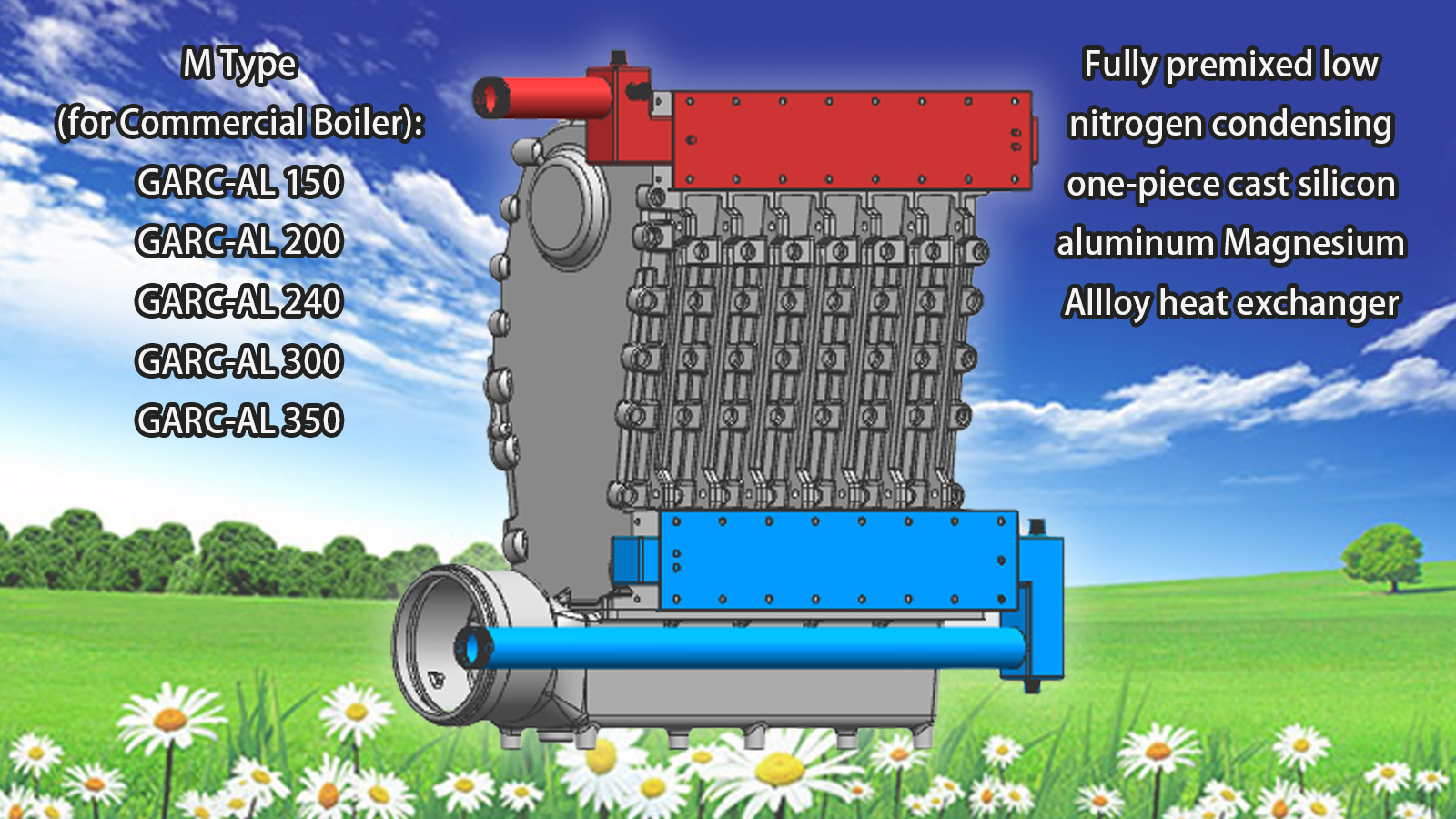ທ.ວ. . 05, 2024 08:14 Back to list
Understanding the Role of Condensers and Evaporators in Heat Exchange Systems
Understanding Condenser and Evaporator Heat Exchangers Principles and Applications
In the realm of thermal management systems, heat exchangers play a pivotal role in enhancing energy efficiency, especially in applications involving phase change processes. Among the various types of heat exchangers, condensers and evaporators are crucial components in cooling and heating systems, particularly in refrigeration and air conditioning. This article explores the principles behind these devices, their operational mechanisms, and the significance of their design in multiple industries.
Principles of Heat Exchangers
A heat exchanger is a device that facilitates the transfer of heat between two or more fluids at different temperatures. The design and operation of heat exchangers depend on their intended use—whether for heating, cooling, or recovering waste heat. In essence, condensers and evaporators are two types of heat exchangers that operate on the principles of thermodynamics and fluid mechanics.
The Evaporator Function and Design
The evaporator is a heat exchanger that provides heat absorption from a low-temperature environment, usually causing a refrigerant inside to evaporate and change from a liquid to a vapor state. This process is critical in HVAC (heating, ventilation, and air conditioning) systems, refrigeration units, and chillers.
When the refrigerant enters the evaporator, it absorbs heat from the surrounding environment—such as indoor air or water—causing it to evaporate. The design of an evaporator typically incorporates finned tubing or plates to maximize surface area and enhance heat transfer. The efficient design ensures that the refrigerant fully absorbs the necessary heat to vaporize, leading to effective cooling.
Common types of evaporators include direct expansion evaporators and flooded evaporators, each suited for different applications. Direct expansion systems are typically found in household refrigerators and small air conditioning units, while flooded evaporators are used in larger industrial systems.
condenser and evaporator heat exchanger

The Condenser Function and Design
Conversely, the condenser functions as a heat exchanger that releases heat from the refrigerant, which, after passing through the evaporator, has now turned into a vapor. The primary role of the condenser is to cool the vapor back into a liquid state by transferring heat to a secondary fluid, usually ambient air or water.
As the vapor refrigerant enters the condenser, it is subjected to a lower temperature environment, causing it to condense into a liquid. This phase change releases latent heat, which is dissipated into the surrounding air or water. Similar to evaporators, condensers come in various configurations, such as air-cooled and water-cooled condensers, each tailored to specific operational needs. Air-cooled condensers are commonly used in residential air conditioning, whereas water-cooled condensers are more prevalent in larger industrial applications due to their greater efficiency.
Integration and Optimization
In a typical refrigeration cycle, the evaporator and condenser work seamlessly together. After the refrigerant evaporates in the evaporator, it is compressed by a compressor, raising its pressure and temperature before entering the condenser. The refrigerant then releases heat as it condenses and is subsequently passed back to the evaporator.
The performance of both components is critical to the overall efficiency of the system. Optimizing heat transfer in condensers and evaporators can significantly reduce energy consumption, lower operating costs, and minimize environmental impact. Engineers strive to enhance the effectiveness of these heat exchangers by utilizing advanced materials, improving aerodynamic design, and incorporating control systems for better thermal regulation.
Conclusion
Condenser and evaporator heat exchangers are integral to numerous applications, from residential air conditioning systems to heavy industrial refrigeration. Their efficient design and operation are essential for energy conservation and sustainable practices in modern engineering. As technology continues to advance, ongoing research and innovation will likely yield even more effective heat exchange solutions, further promoting efficiency in thermal management systems. Understanding the principles and functions of condensers and evaporators is key for engineers and technicians working in the fields of HVAC and refrigeration, ultimately contributing to a greener and more sustainable future.
-
Durable Centrifugally Cast Iron Water Main Pipe
NewsAug.11,2025
-
Centrifugally Cast Iron Water Main Pipes for Reliability
NewsAug.10,2025
-
High-Quality Centrifugally Cast Iron Water Main Pipes
NewsAug.09,2025
-
Durable Cast Iron Water Main Pipe & Drainage Solutions
NewsAug.08,2025
-
Buy Cast Iron Pipe: Premium Ductile Iron & Drain Solutions
NewsAug.07,2025
-
Durable Cast Iron Water Main Pipe | Buy Ductile Pipe
NewsAug.06,2025


